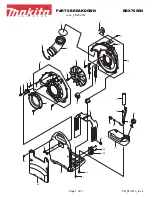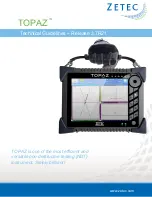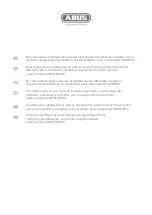
Jitter analysis and clock data recovery
R&S
®
RTO6
1112
User Manual 1801.6687.02 ─ 05
18.3
Clock data recovery
The process of clock data recovery (CDR) generates a reference clock from a high-
speed serial data stream that is sent without a dedicated clock signal. The generated
clock signal matches the frequency and is aligned to the phase of the data stream. The
recovered clock can be used to sample the data stream, to obtain the sequence of
transmitted bits, and to measure jitter parameters.
There are two ways to recover the clock signal:
●
Using software algorithms that calculate the clock from data signal edges (option
R&S
RTO6-K12):
Chapter 18.3.1, "Software CDR"
●
Using hardware CDR
Option R&S
RTO6-K13:
Chapter 18.3.2, "Hardware CDR (option R&S
18.3.1
Software CDR
You can define two independent software CDR instances to recover clock signals.
These clock signals are used for data timing measurements: time interval error, unit
interval, and data rate (frequency of the clock signal). The lower the signal bandwidth
and the higher the relative bandwidth, the longer is the settling time.
Software CDR is based on acquired data, needs a synchronization time to set up the
clock. To get correct measurement results, the data acquired during synchronization
time has to be discarded.
You can also display the recovered clock signal as a math waveform, see
ter 18.3.3, "Displaying the recovered clock signal"
Access: [App Cockpit] > "Analysis" tab > "CDR" > "Software1"/"Software2"
Clock data recovery
















































